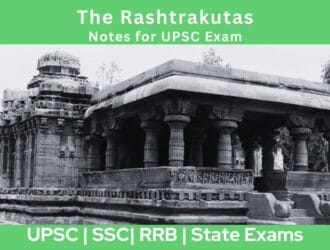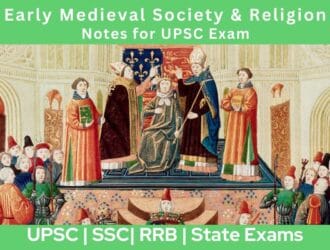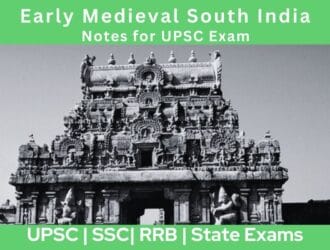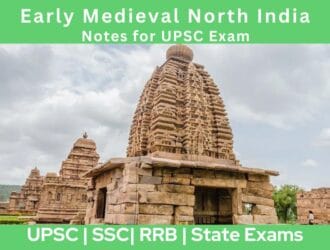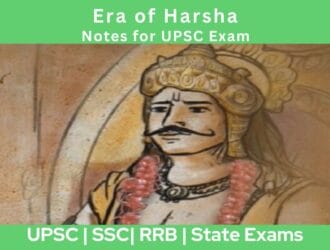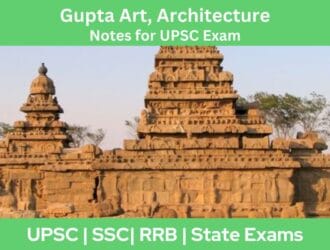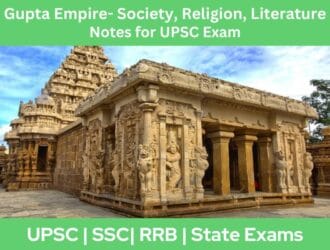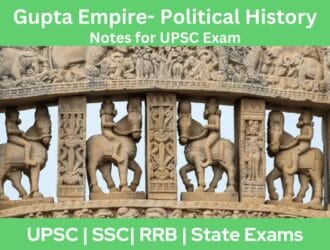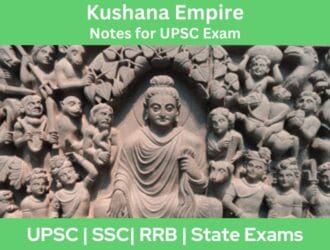The Rashtrakutas Notes for UPSC Exam
The Rashtrakutas believed they were descendants of Satyaki. Historians have varying opinions about their roots. Some inscriptions of Chalukya kings suggest they served as vassals to the Chalukyas. The Rashtrakutas…
Early Medieval Society & Religion Notes for UPSC Exam
When Muslims arrived, people from diverse regions and religions interacted with the local population. Society became divided into three classes: upper, middle, and lower. The Bhakti and Sufi movements influenced…
Early Medieval South India Notes for UPSC Exam
Southern India (c. 600 – 750 CE) The second historical phase in the regions south of the Vindhyas began around 300 – 750 CE, showing both differences and continuations from…
Early Medieval North India Notes for UPSC Exam
The time between ancient and medieval times is called the "early medieval" period. During this phase, which lasted from around 600 to 1200 CE, various regional states started forming. There…
Era of Harsha Notes for UPSC Exam
Harshavardhana, a ruler in northern India, led from 606 to 647 CE. Belonging to the Vardhana dynasty, he's recognized as a key Indian leader in the seventh century AD. His…
Vakatakas, Maitrakas and Mukharis Notes for UPSC Exam
In the middle of the third century CE, the Vakataka Dynasty took over from the Satavahana Dynasty in the Deccan region. Vindhyashakti was the one who started the Vakataka Dynasty. …
Gupta Art, Architecture Notes for UPSC Exam
The Gupta Period: Art and Architecture During the Gupta age, art and architecture showcased rich diversity in features, styles, and designs. The Gupta rulers were pioneers in creating Hindu cave…
Gupta Empire- Society, Religion, Literature Notes for UPSC Exam
1. Chandalas and Social Distinctions: Fa-Hien, the Chinese traveler, observed Chandalas living outside villages, maintaining distance from upper castes. Chandalas had to announce their arrival to avoid contact and prevent…
Gupta Empire- Political History Notes for UPSC Exam
Gupta Empire Around the middle of the 3rd century, the power of the Kushanas and the Satvahanas started to decline after ensuring 200 years of stability in politics and the…
Kushana Empire Notes for UPSC Exam
Kushans Kushans or Kuei-Shang were one of the five Great Yueh-chi (tribes) principalities. In the 1st century CE, Kujula Kadphises (Kadphises I) brought together these five principalities and founded the…

